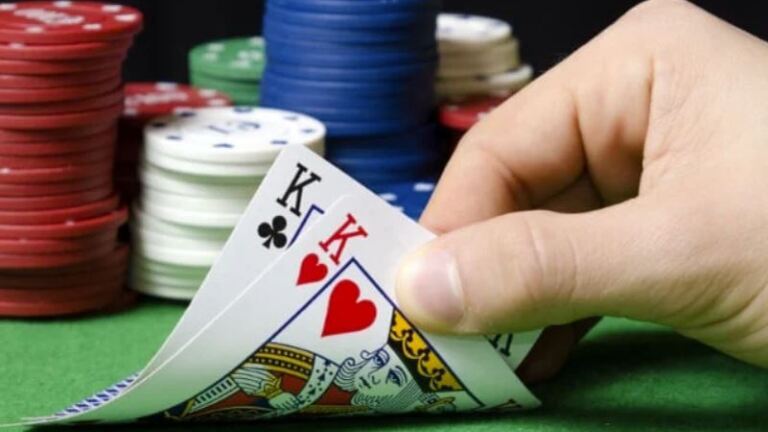
Rule no.1: Only play the premium hands
Until you are not fully clear with the dynamics of poker, you should always aim to play as tight as you can. Get in the game if you are holding one of the premium hands in order to avoid difficult situations. Later on, you will have to reconsider the range of hands you play to maximize your profit.
Play aggressively, contiuation bet as much as possible, but do not risk money unnecessarily
Your best bet is to be aggressive, but avoid huge bluffs and fold if you think your opponent is better. If you are holding AK, for example, raise it pre-flop, and bet on the flop, no matter what cards it shows. If your flop bet gets called, however, consider giving up on the turn or river.
An aid to play drawing cards
When playing high stakes, drawing cards have to be treated aggressively, but on the lower limits, you should be more passive with these. If there is no raise, you should follow suit, but only call a raise if the pot odds are in your favor. On the lower limits, your opponents will probably pay for your straight or flush. But try to be as passive with these hands as you can until you reach a higher level of gameplay.
Of course, if you raise pre-flop with
All in all, you should focus on playing Tight-Aggressive (TAG). It is important to note, that the TAG gameplay is much easier to learn than the Loose-Aggressive (LAG) one. It also has a smaller volatility, which is very important when looking at your bankroll’s vulnerability.
Only play the best cards when facing an opponent with a probably strong hand
With a lot of practice, it will be easier to tell if your opponent is holding a monster hand or is only bluffing. On the lower limits, however, these bluffs are not common and quite hard to recognize, so you should always fold marginal hands.
Let’s see an example:
You are playing full ring, holding
All the game techniques listed above require simplicity, which means that you are not aiming for maximum profit, but you should be using these tactics until you are experienced enough to make a call in the right time. Not following these instructions will probably lead to the destruction of your bankroll.
Related article:
No Limit Hold'em Tips for Beginners - Part 1.















0 comments